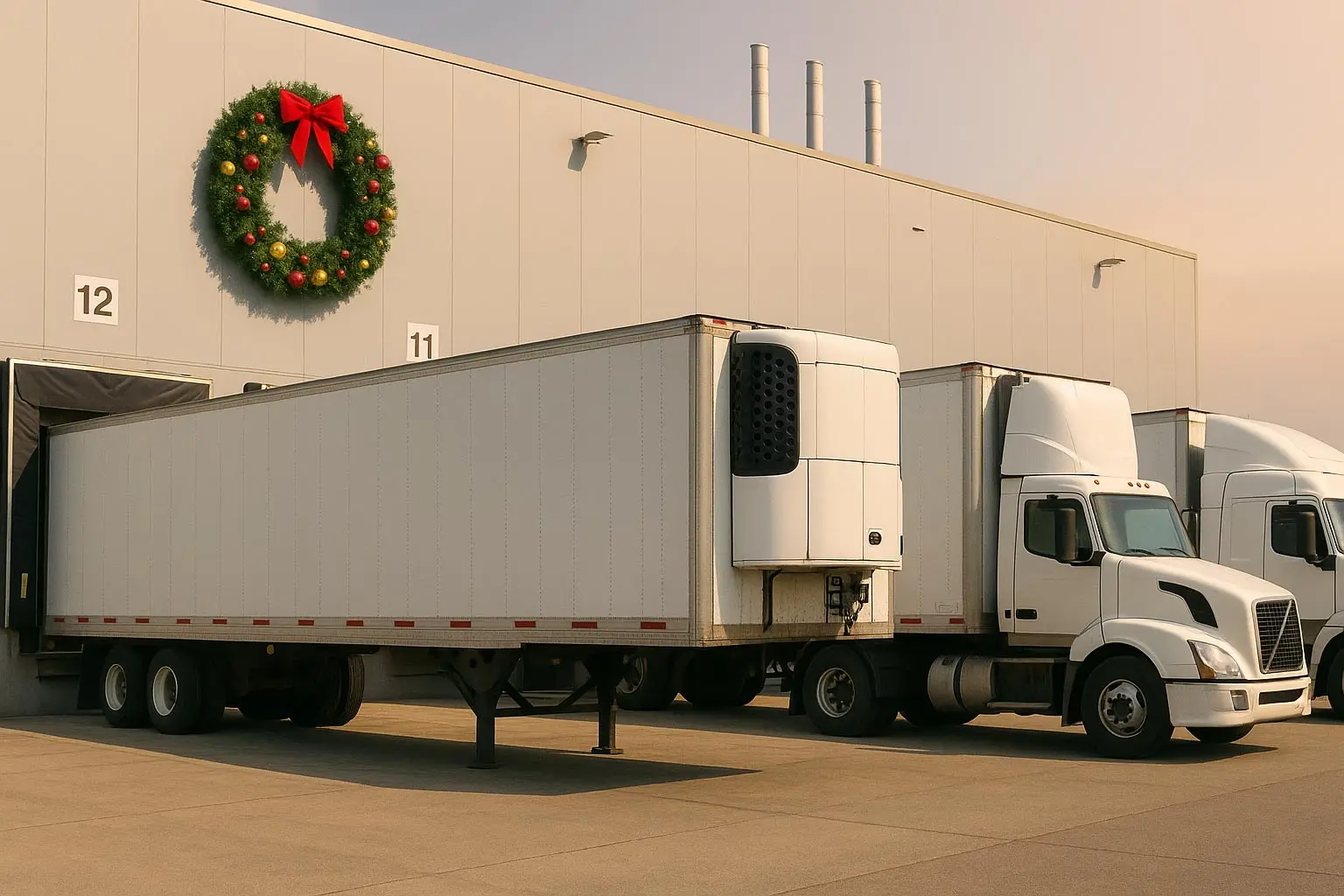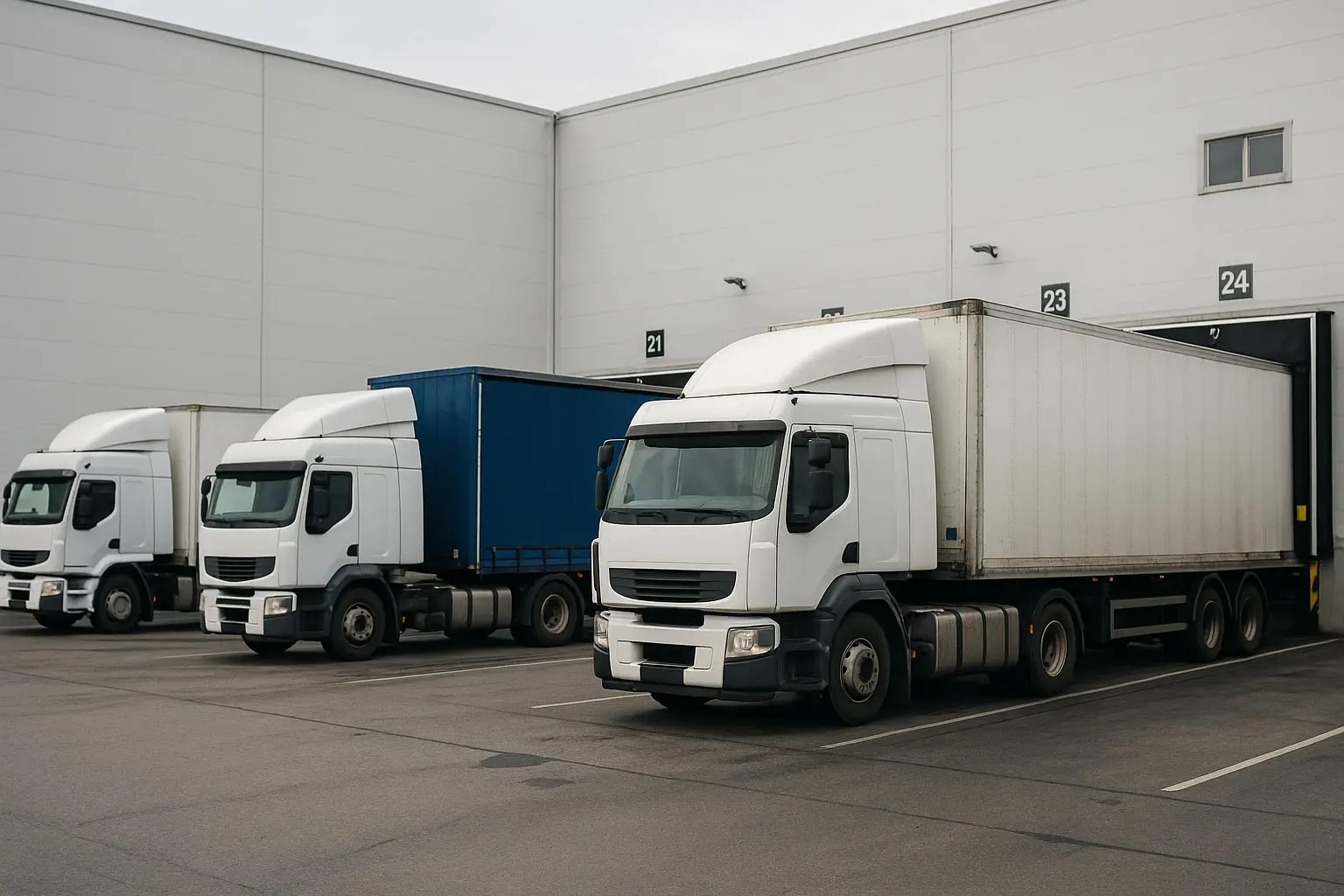As global temperatures rise and weather events become less predictable, Australia’s food supply chain is being forced to adapt. Cold-chain logistics — once the hallmark of food safety and freshness — are facing new challenges from energy costs, power interruptions, and infrastructure strain. The answer, increasingly, lies in a quiet hero of the industry: ambient logistics.
Unlike chilled or frozen products, ambient foods are designed to travel and store safely at room temperature. That makes them inherently more resilient to disruptions — whether that’s a regional power outage, a flooded road, or a week-long heatwave. From shelf-stable meal kits to vacuum-sealed proteins, manufacturers are rethinking what “fresh” means in a world where reliability is the new premium.
For logistics operators, this shift is also strategic. Cold-chain transport is energy-intensive and heavily regulated, with rising compliance costs. Ambient supply routes allow greater flexibility in fleet management, warehouse zoning, and export timelines. They also create pathways for decentralised distribution — a growing priority as regional supply chains become more localised to mitigate climate risk.
It’s not just about resilience, though. Ambient logistics can play a vital role in reducing emissions across the supply chain. Fewer refrigeration cycles, lighter packaging, and less spoilage all contribute to a smaller carbon footprint. For retailers and food brands under pressure to demonstrate ESG progress, that’s a meaningful win.
The future of food logistics may not be about cold versus warm — but about balance. A smarter blend of cold-chain reliability and ambient resilience will define the next generation of sustainable, climate-ready food systems.
Interested in Ambient food technology and production? Reach out to ACIT today.



